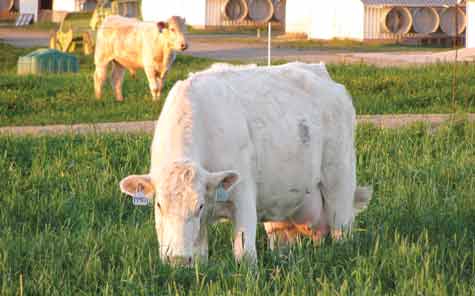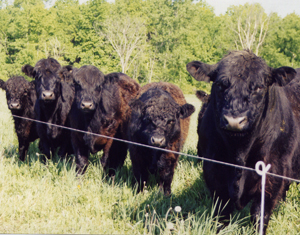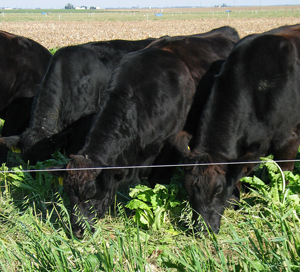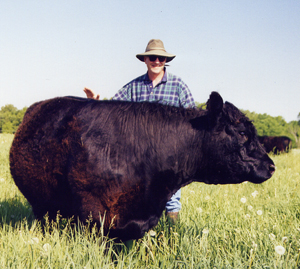Baldwin Charolais beef doesn’t require fat to produce quality
by Mike Hillerbrand
Yanceyville, North Carolina — Most of the buzz in grass-finished beef circles today is about the benefits of small frame sizes, English genetics and marbling ability. This, it is said, is the sort of beef genetics required to produce profits straight from pasture.
Meanwhile, Baldwin Family Farms is producing lean, large (frame score 7-8) Charolais cattle on grass and selling critically acclaimed beef to loyal retail and wholesale customers. Continue reading “Big frames, big grass-finished flavor”





